Fire Safe Construction: A Personal Retrospective of the Silverado Fire, Three Years Later
WHA Building Safety Series
Daily Mail
Just before Halloween 2020, the Silverado Fire broke out in the mountains of Orange County. I had just moved into a brand new home in the community of Orchard Hills Irvine a few months prior. Orchard Hills is a picturesque enclave tucked into the foothills that includes the trailhead into the Irvine Ranch National Natural Landmark park. That morning, I saw a narrow stream of black smoke jetting nearby in the wind, and thought, looks like a small fire in the hills. I walked my dog and left for the office where I then saw much more significant smoke. I quickly turned around, as I approached my neighborhood, the police had already blocked off the entry. I told them I needed to get my dog and they let me through, but said we were under mandatory evacuation, along with 90,000 others. Grabbing a few things, we retreated to a nearby park and listened to radio news for hours.
Daily Mail
OC Register
Orange County Fire Authority Chief Brian Fennessy stated that “the winds were extraordinary even by Santa Ana standards. Fire spread is exceeding more than anything I’ve seen in my 44 years.” News was sketchy and we were out of our home for several days before we were allowed back in. Not knowing what to expect, we were fortunate that we didn’t even have a sense of smoke in the house. I saw nothing amiss in our neighborhood until we walked the community perimeter, overlooking Rattlesnake Reservoir. The vegetation there, in the natural open space was scorched, but the community was protected by a fuel modification zone of fire-resistant plants and a robust sprinkler system. The only visible damage to the community was a few street trees with toasted leaves. There were no civilian injuries, but two firefighters received critical burns.
Today, walking the same route, you can’t tell that the fire came that close. No homes were lost or significantly damaged. Much goes to the fact that homes in Orange County are mostly stucco or fiber cement siding with tile roofs. Improved attic vents limit ember entry and most power lines are underground.
In contrast, the recent devastation of Lahaina, where the fire destroyed over 2000 buildings and cost more than 100 lives, most structures were constructed using older building practices which helped fuel the conflagration. One community, built between 2019 and 2020 suffered no single-family home loses (but four multi-family structures were ignited). This neighborhood was built under current code standards including Class A roofs, fire-resistant exterior materials and less mature, less dense vegetation.
Discussing this topic with Jay Bullock of Rancho Mission Viejo Company and David Oatis of Firesafe Planning, they note that since the beginning of the “modern era” of fuel modification implementation in Orange County (late 1990s), new communities and homes built with construction features specific to the exterior of homes to mitigate the risk from wildfire exposure and flying embers (1992 Assembly Bill 337 “the Bates Bill”, California Building Code Chapter 7A, California Residential Code Section R337 and similar efforts), and protected by properly designed, installed and maintained fuel modification zones, have withstood the challenge of wildfires remarkably well in comparison to communities and homes built with minimal or no protection measures. This includes communities and homes within the interior of development areas, off-set from the true wildland interface, where flying embers pose a greater risk than wildfire exposure.
The native chaparral landscape has bounced back in the hills near my home, as mother nature designed. My heart goes out to the people of West Maui. Early analysis of Lahaina’s Banyan Tree show good signs that it has survived, an important symbol. Rebuilding to modern standards is essential but I hope that they also incorporate much of the sense of what was lost.

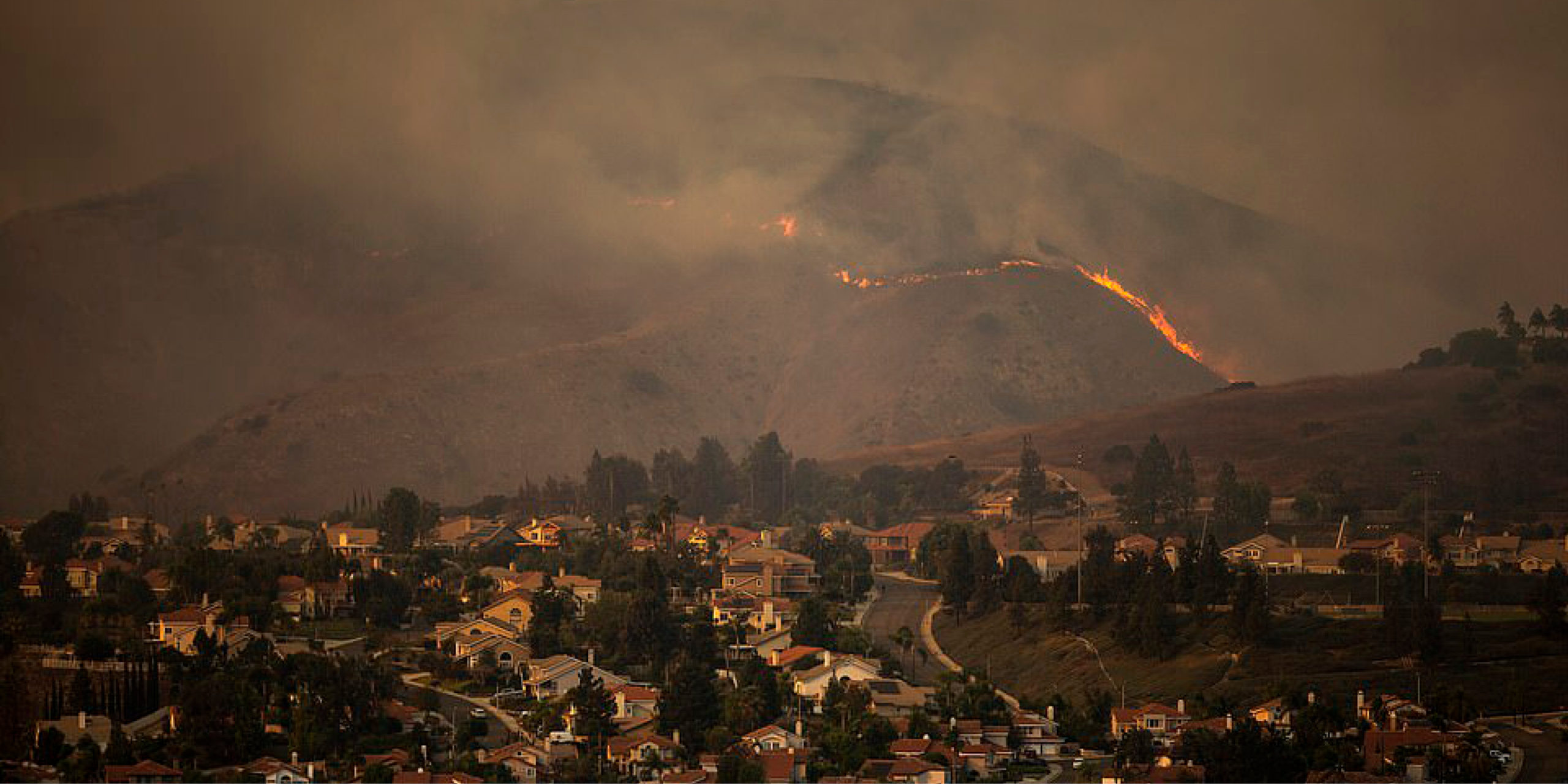
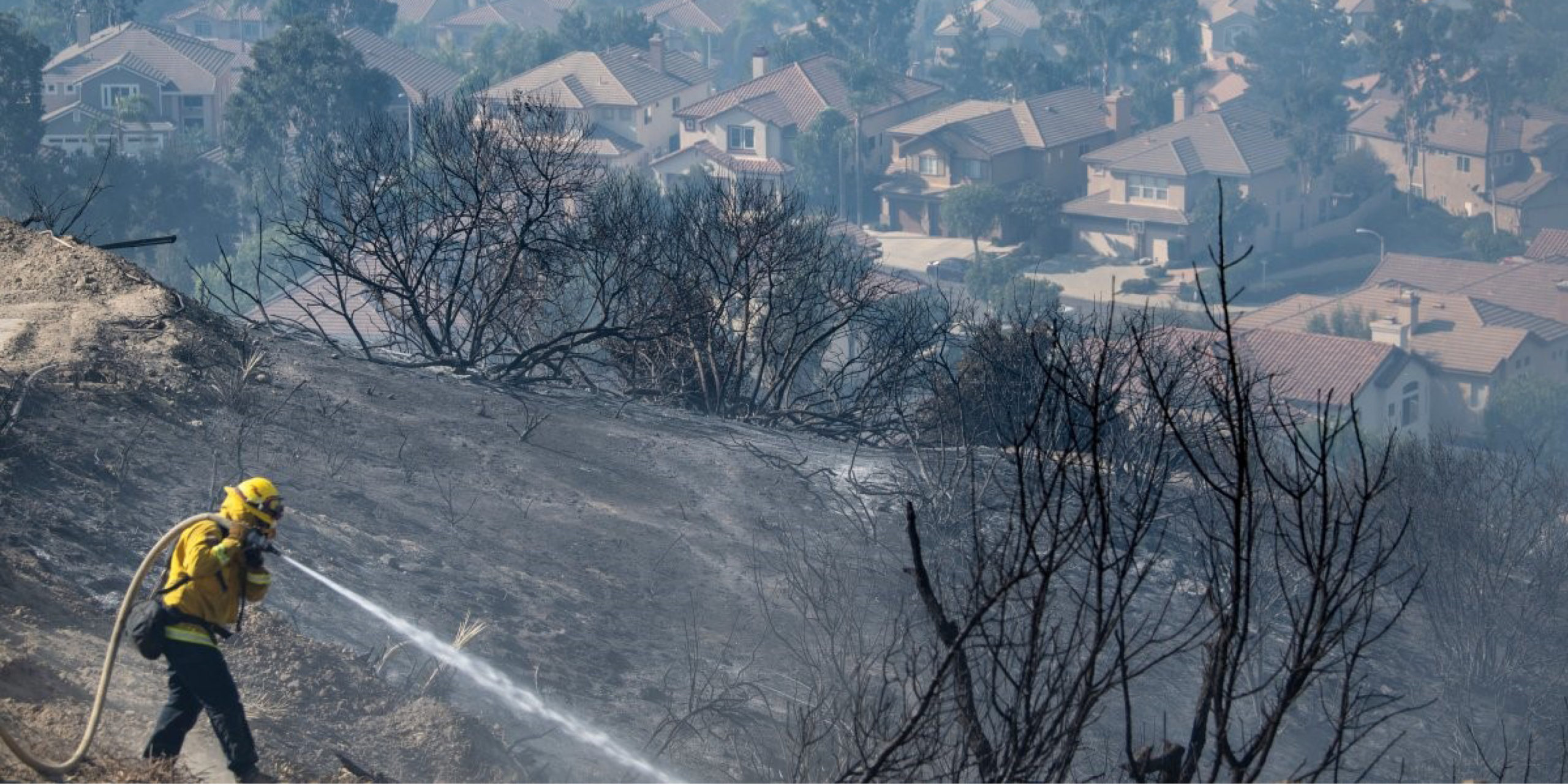
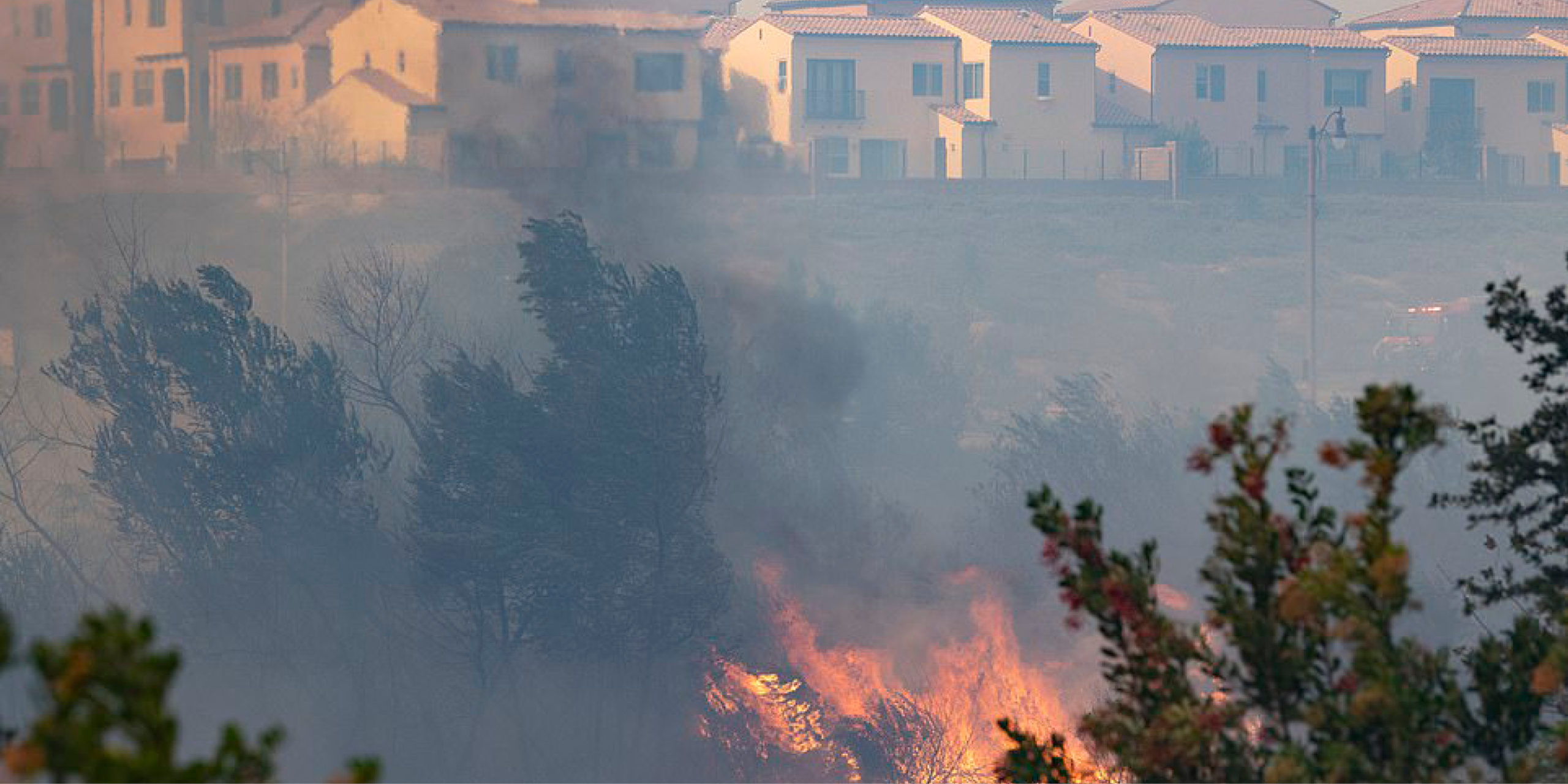
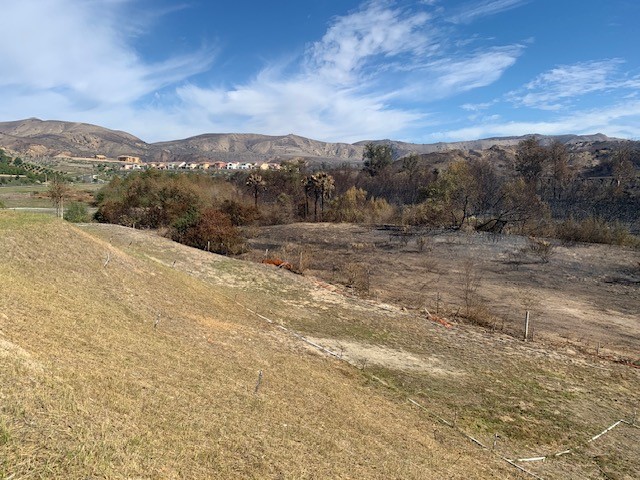
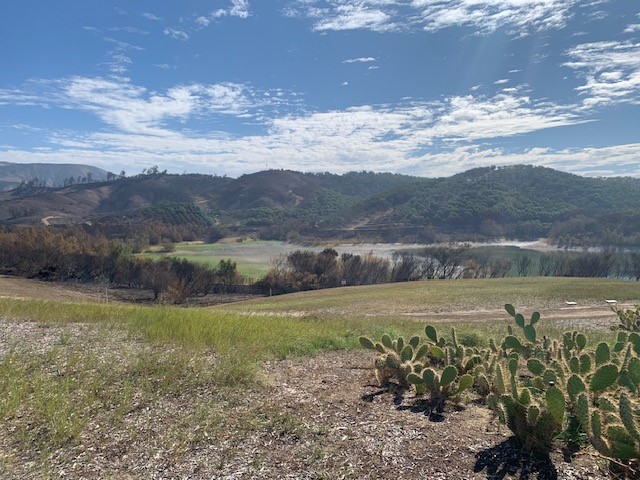



Leave a Reply